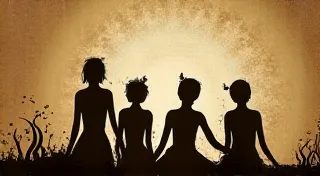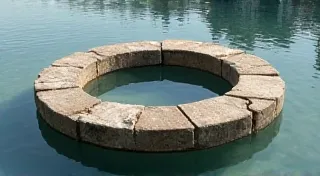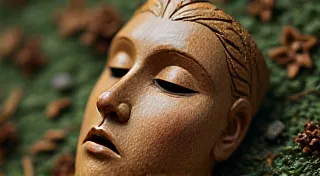The Loom of Tradition: Intergenerational Transmission of Games
Imagine the scent of aged wood, the creak of a porch swing, and the echoing laughter of children. Now, picture them playing – not with digital screens or pre-packaged toys, but with games born from the soil and spirit of their ancestors. These aren’t just diversions; they are living threads in the vast, intricate loom of cultural heritage. Traditional games, regional games – the names vary, but the essence remains: a direct line to the past, skillfully passed down through generations. The question isn’t just *what* these games are, but *how* they survive, how the stories, the rules, and the very joy they represent are transmitted across the chasm of time.
More Than Just Rules: The Imbricated Storytelling of Play
My grandfather, a man of few words but boundless patience, taught me ‘Fox and Geese.’ It wasn't just about strategically maneuvering the geese to trap the fox; it was about the story behind the game itself - a retelling of a clever fox outwitting a farmyard. He’s gone now, but the memory of his calloused hands demonstrating a deft move, the quiet satisfaction in his eyes when I finally understood a key strategy – that's what stays. These games aren't simply sets of rules; they are vehicles for storytelling, moral instruction, and a subtle understanding of the region’s history and character. Think of ‘Mancala,’ prevalent across Africa and the Middle East. It's a game of strategy, yes, but it also embodies the communal spirit of sharing and resource management, mirroring the agricultural practices of those cultures.
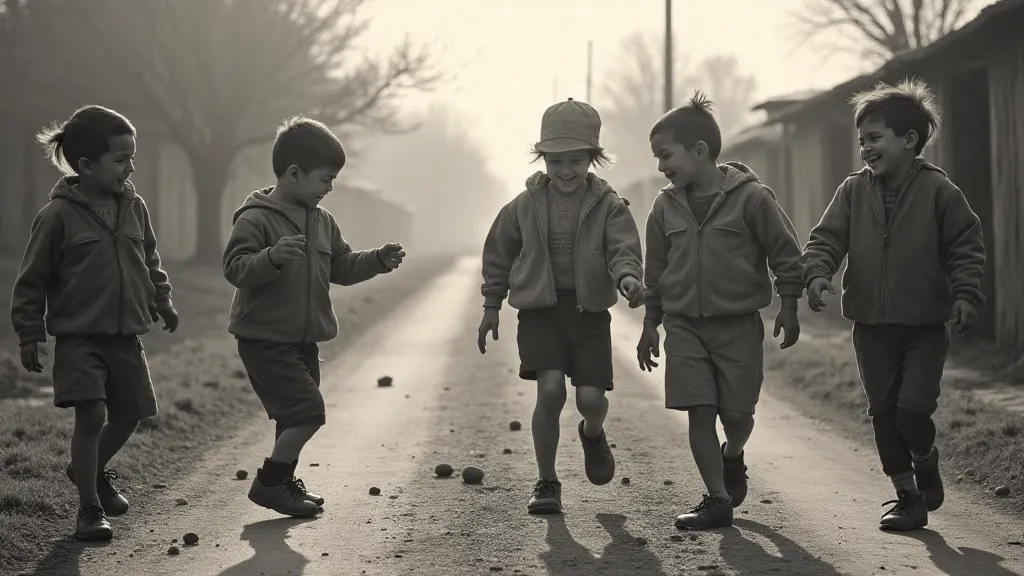
The Challenges of Modernity: A Fading Echo?
The modern world, with its instant gratification and limitless entertainment, presents a formidable challenge. The allure of the digital is powerful, often eclipsing the quieter pleasures of traditional games. My own cousins, growing up alongside me, were far more interested in video games than the complex rituals of ‘Three Stones’ or the cunning required for ‘Nine Men’s Morris.’ It’s a familiar narrative – the tug-of-war between heritage and progress. There's a sense of melancholy that creeps in when considering the potential loss. Imagine future generations knowing only the pixelated representations of play, oblivious to the tactile connection with the earth and the shared experience of laughter echoing through generations.
Beyond the general appeal of digital entertainment, other factors contribute to the decline. Urbanization, migration, and the breakdown of close-knit communities all play a role. When families scatter, the traditional gatherings where these games are learned and played become less frequent. The oral tradition, the very bedrock of transmission, weakens. A game learned from a grandparent may be forgotten by their grandchild, lost to the relentless march of time.
The Resilience of Memory: Finding Pathways to Preservation
However, the story isn’s entirely bleak. There's a quiet resilience to these games, a stubborn refusal to be completely forgotten. Across the globe, dedicated individuals and communities are actively working to revitalize and preserve these cultural treasures. Schools are incorporating traditional games into their curricula, community centers are organizing game nights, and digital archives are being created to document the rules and history of these practices.
The act of restoration mirrors the process of preserving these games. Think of an antique accordion - its bellows cracked, its keys yellowed, its music silenced. A skilled restorer doesn’t just repair the instrument; they breathe new life into it, revealing its original beauty and functionality. Similarly, the preservation of traditional games requires more than just recording the rules; it involves understanding the cultural context, the stories, and the spirit of the game. It necessitates a conscious effort to create spaces and opportunities for these games to be played and enjoyed.
Craftsmanship and the Legacy of Skill
The creation of the game equipment themselves is a fascinating aspect of this cultural heritage. Often, these games are crafted from readily available natural materials – wood, stone, seeds, shells. The skill of the craftsman is evident in the smooth finish of a wooden board, the carefully shaped stones, the perfectly balanced playing pieces. This craftsmanship itself becomes a form of cultural expression, a tangible representation of the region’s resources and artistic traditions.
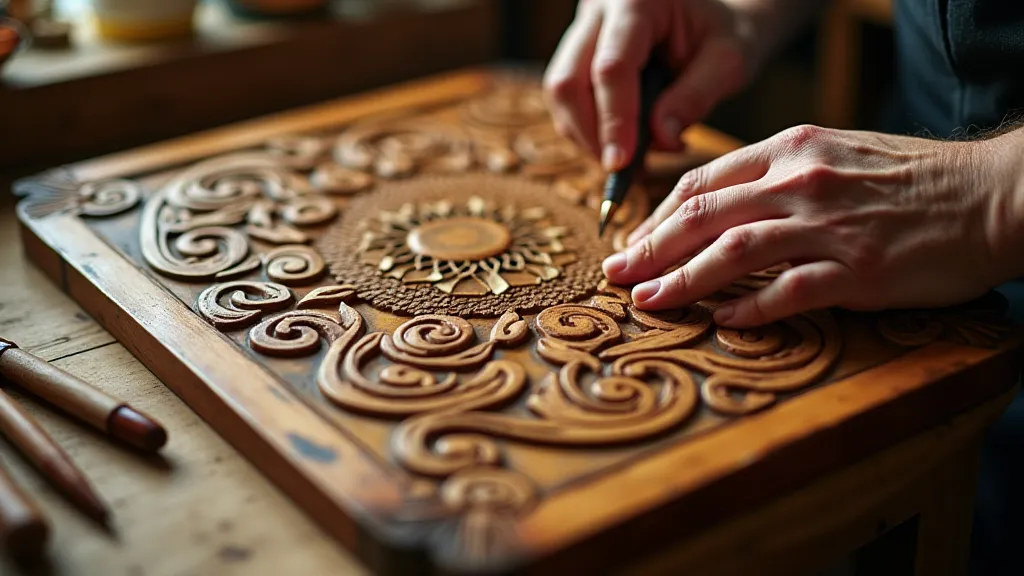
Consider the Japanese game of *Sugoroku*, a board game that often utilizes a long, illustrated scroll. The artwork itself is a form of cultural commentary, depicting scenes from folklore, history, and daily life. The creator isn’s just making a game; they’re creating a work of art that reflects the values and beliefs of their culture. This intrinsic connection between art and play further enriches the game’s cultural significance.
Beyond the Game: A Deeper Understanding
Preserving traditional games isn’t merely about saving a pastime. It’s about safeguarding a vital link to the past, a repository of cultural knowledge, and a source of community identity. These games offer a unique window into the history, values, and beliefs of a region. They reveal the ingenuity of our ancestors, their ability to create engaging and meaningful experiences from simple resources.
The act of playing these games provides a sense of belonging, a connection to something larger than oneself. It fosters intergenerational communication, allowing younger generations to learn from their elders and appreciate the richness of their cultural heritage. The laughter and camaraderie shared during a game night can create lasting memories and strengthen community bonds. The preservation of these games is not just about the rules; it's about fostering a culture of respect, understanding, and appreciation for the diverse traditions that shape our world.
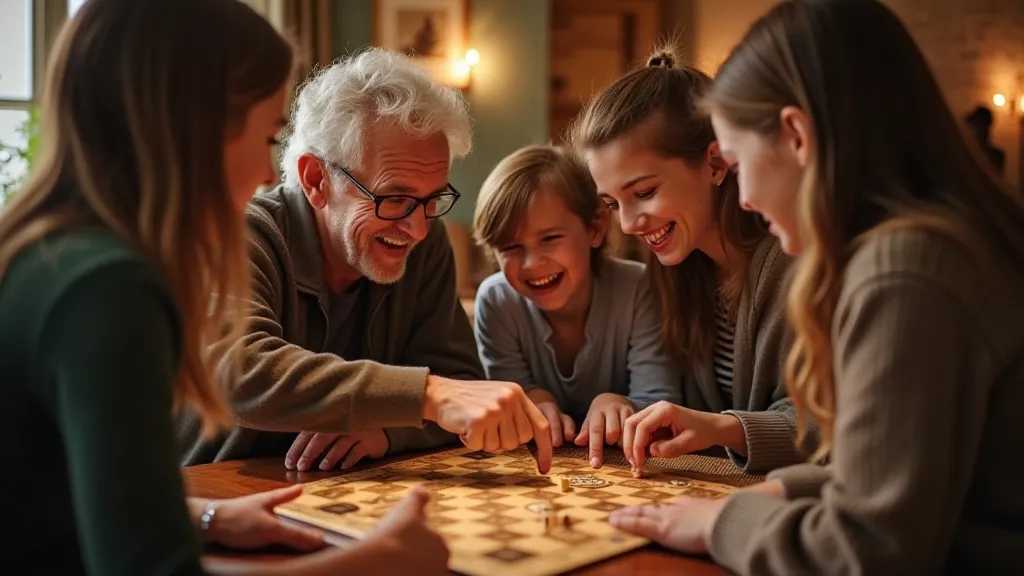
Ultimately, the loom of tradition requires constant tending. The threads of these games, these living pieces of our cultural heritage, must be woven together by each generation, ensuring that the patterns remain vibrant and the stories continue to be told. The responsibility lies with us, to actively seek out, learn, and share these treasures, ensuring that the laughter and joy of these traditional games echo through the years to come.
